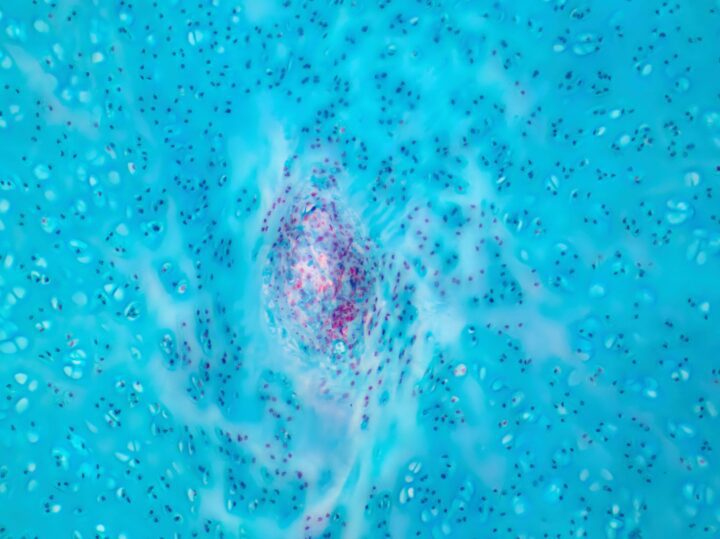HAWC+ from NASA is a telescope camera with small protuberances on the surface that increase light capture.
Benefits
- Increased light capture
Applications
- Cameras
UN Sustainable Development Goals Addressed
-

Goal 9: Industry Innovation & Infrastructure
The Challenge
Capturing infrared light is the only way to view many cosmic objects, including the early stages of star, planetary, and galaxy formation. As the light from the most distant objects travels through the universe, it’s stretched by the expansion of space. By the time the light reaches Earth, that stretching process has transformed short wavelengths of visible and ultraviolet light into the longer wavelengths of infrared light. Only telescopes that can detect infrared light can see those faraway objects. These telescopes have cameras that need to detect and absorb infrared light. The more sensitive the camera, the more light it can absorb and the more objects we can see.
Innovation Details
The HAWC+ has a silicon structure containing thousands of tightly packed, micro-machined spikes or cylindrical protuberances no taller than a grain of sand, which inspired by the structures on the surfaces of moth eyes. These structures help to increase capture of far-infrared light and even detect minute variations in the light’s frequency and direction.
Biological Model
Moths hunt at dusk or at night when limited light is available. In order to maximize light capture, moth eyes are covered with a regular pattern of conical protuberances, generally 200-300 nm in height. These structures dramatically minimize light reflection over a broad range of wavelengths. This is because the protuberances are graded rather than polished, causing most of the incoming light to bend at the surface and be transmitted through the eye, rather than reflecting off it. These structures also help to create a barrier against dust and dirt.






